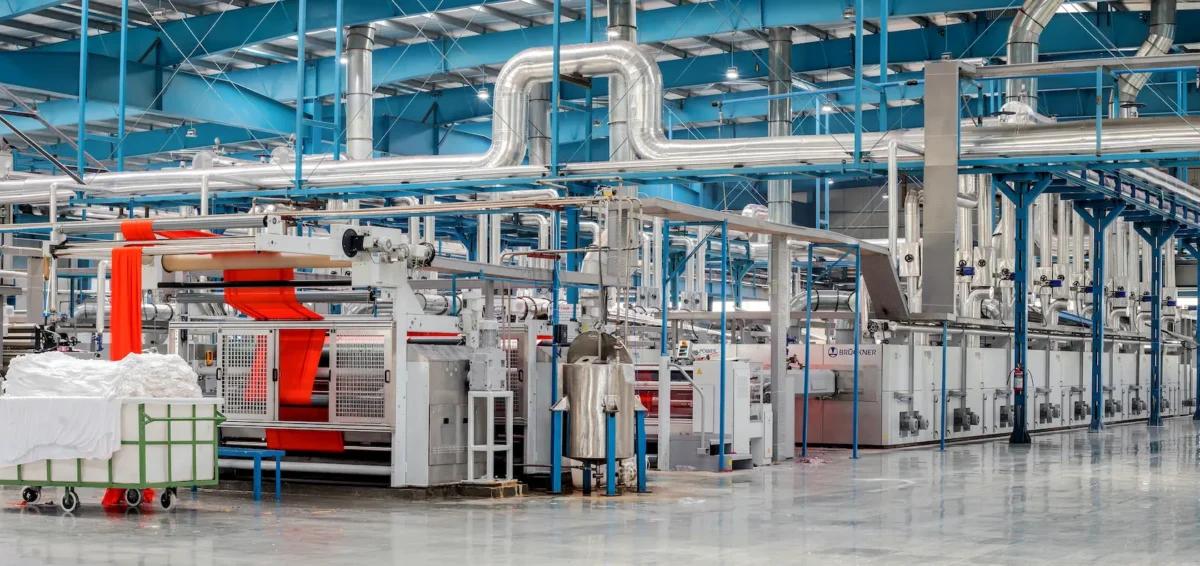Successfully Implementing An MVL
A manufacturer in the midlands had traded successfully for a number of years. When times were good, the business purchased its commercial premises and installed specialist fixtures and fittings to the structure of the building.

Situation
A manufacturer in the midlands had traded successfully for a number of years. When times were good, the business purchased its commercial premises and installed specialist fixtures and fittings to the structure of the building. In the preceding few years, business had continued to decline as trade was progressively lost overseas. The company was generally solvent as a result of accumulated reserves but it was concluded that the business had come to the end of its useful life and trade should cease and all assets be realised, prior to a final distribution to the shareholders and eventual closure of the business. However, the director had encountered severe difficulty in achieving a sale of the premises, given the now specialist infrastructure in situ, and was not prepared to sell the property at anything over than full market value. The Company continued to incur costs on maintaining the building in attempting to achieve a sale.
Planning
Parker Andrews quickly identified that a MVL was the appropriate solution as the business was clearly solvent on a balance sheet basis. The ongoing costs to maintain the property that the Company continued to incur would severely affect the solvency position if not dealt with quickly and thus a formal appointment of a Liquidator was required. The Liquidator in a MVL could distribute the asset to the shareholders as a “distribution in specie”, allowing the shareholders to take ownership of the building as part of an initial distribution on day one of the Liquidation.
In addition, the transfer of such an asset could attract a sizeable tax liability to both the Company and the recipients if not dealt with correctly. A structured plan of disposal via a MVL could allow the shareholders to make use of all potential tax allowances.
Action
The full level of creditors and cash reserves was established shortly after initial engagement. It was soon apparent that further book debt collections would be required before all creditors could be remitted in full without requiring any proceeds of a sale of the property. To this end, an indemnity was arranged with the shareholders should any early distribution be required to be repaid. This enabled the distribution of the property immediately upon appointment of the Liquidator. The necessary transfer forms were prepared and provided to the land registry and all other relevant parties shortly thereafter.
Once sufficient funds had been recovered to extinguish all creditor claims and costs of the liquidation, the remaining assets were distributed to the shareholders as a second and final distribution. Tax clearance from HMRC was sought shortly thereafter and the MVL concluded within the estimated 12 month timeframe.
Result
Distribution via a MVL allowed the shareholders to take ownership of the property and deal with it themselves. Pressure to sell the property to release funds that the Company had endured was no longer an issue as the shareholders were not being forced to sell at anything under market value simply to release funding.
In addition, the shareholders were able to make use of “entrepreneurs’ relief” on the capital gain as they had been heavily involved in the business operations. This entitled the shareholders to usage of a much lower rate of tax on their capital gain, resulting in sizeable tax savings compared to simply selling the property and removing the Company from the register at Companies House.
Please note: Parker Andrews work closely with your chosen advisors to deliver the best result for all parties. We do not however provide tax advice and this case study is for information purposes only. Please contact your tax advisor with any specific questions regarding your entitlements.
Ready for Expert Guidance?
Is your business facing similar challenges? Utilise our Free Business Health Check to assess your company’s financial health, or get in touch with our experts to explore bespoke solutions tailored to your needs.
Here when you need us
